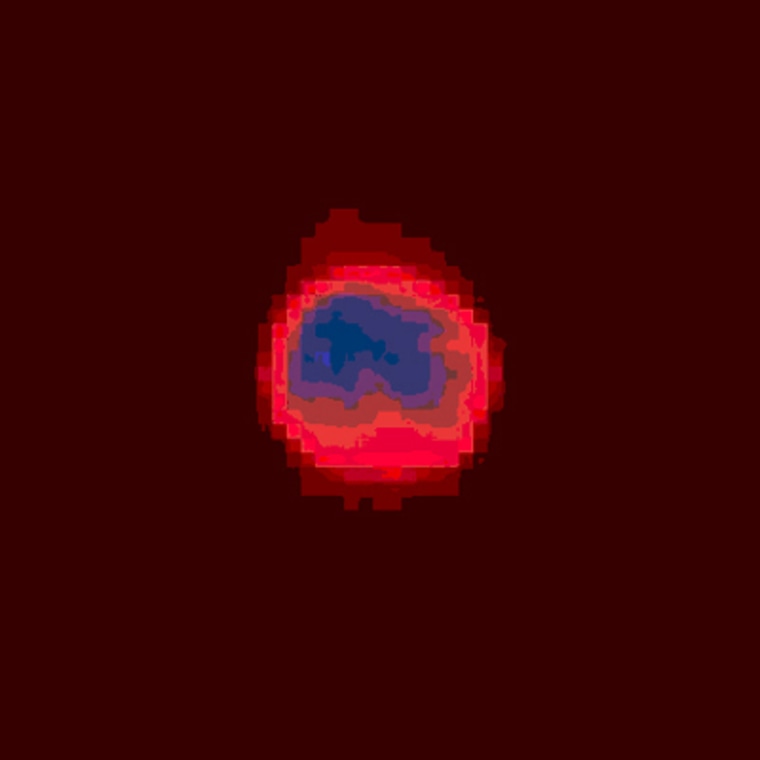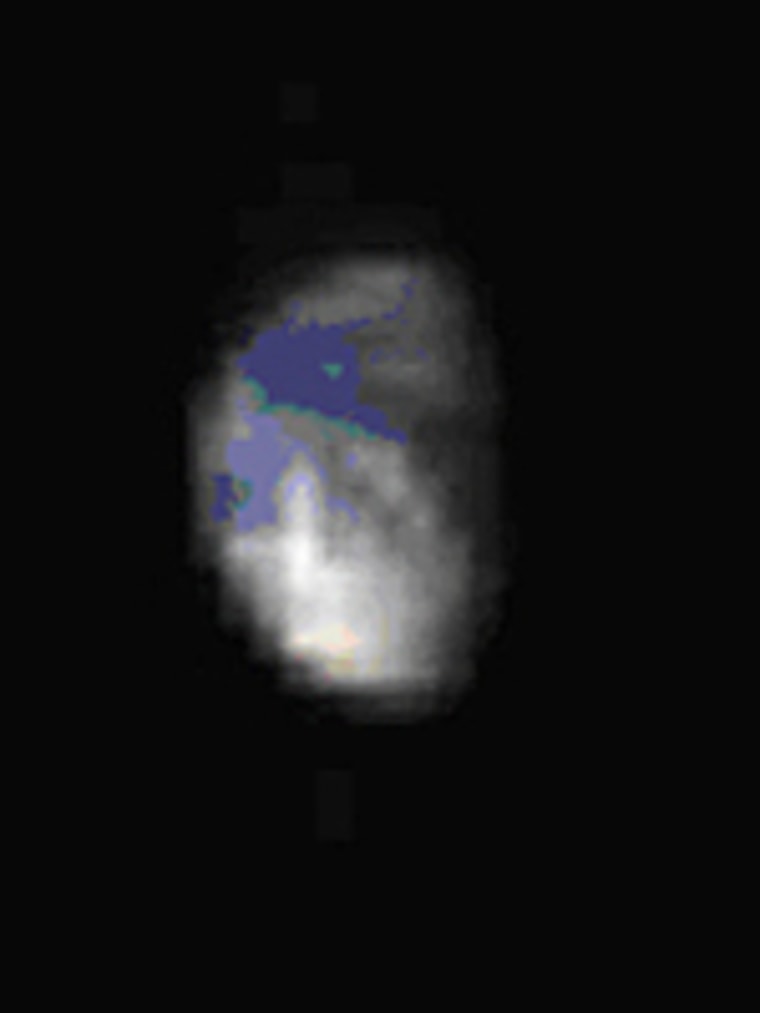A European probe bound for Venus has taken a parting glance at its home world as it heads toward its cloudy quarry.
The European Space Agency’s Venus Express probe photographed Earth and the moon in both visible and infrared light during a shakedown of its instrument package, which includes the VIRTIS imaging spectrometer.
“It shows that the instrument is really working beautifully,” Kevin Baines, a NASA participating scientist with Venus Express’ VIRTIS team, told Space.com. “It bodes well for the rest of the mission.”
VIRTIS, an instrument that scans objects in the ultraviolet, visible and near-infrared range of the light spectrum, is designed to track Venus’ thick clouds at varying altitudes, as well as study their composition. Like many of the instruments aboard Venus Express, VIRTIS is similar to a tool flown on a previous ESA mission — in this case, the comet-bound Rosetta probe.
When pointed at Earth, VIRTIS returned a familiar globe of blue and white — with day and night sides easily discernable — in the visible range, while an infrared view presented a thermal glimpse of a planet awash in warm reds. The observations will serve as a benchmark for comparison once the spacecraft reaches Venus, ESA researchers said.
“A comparison of Venus spectra with Earth spectra with the same instrument will also be of interest for textbook illustration of the comparison between the two planets,” Pierre Drossart, one of two principal investigators for the VIRTIS instrument, said in an ESA statement.

Venus Express turned its VIRTIS eye on the Earth-moon system from a distance of about 2.1 million miles (3.5 million kilometers).
The probe’s six other primary instruments, such as its Venus Monitoring Camera, are also going through their own series of checks and evaluations.
“It’s like testing a new airplane or car,” Baines said. “Before you go off joyriding with it, you want to make sure everything works.”
Venus Express launched spaceward three weeks ago from Kazakhstan’s Baikonur Cosmodrome and is expected to reach Venus in April 2006.
